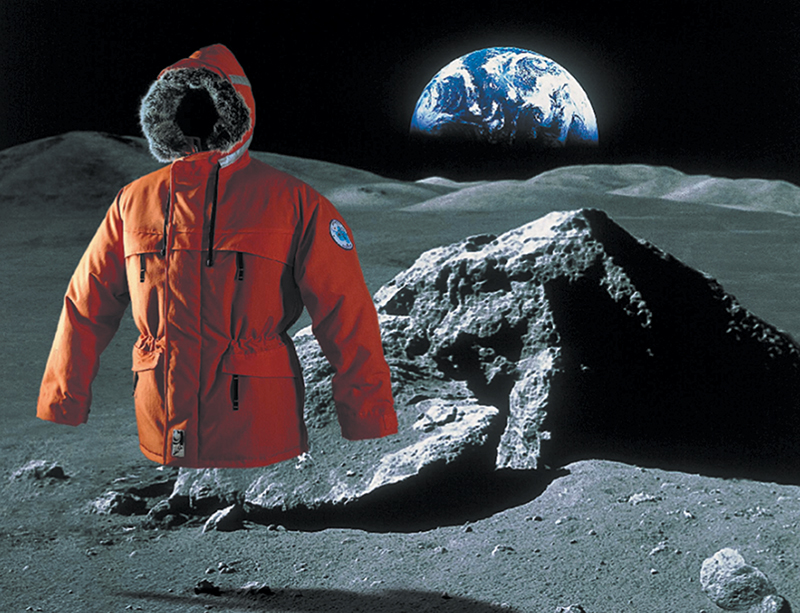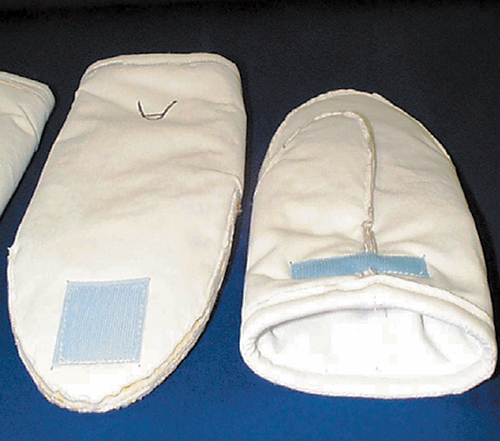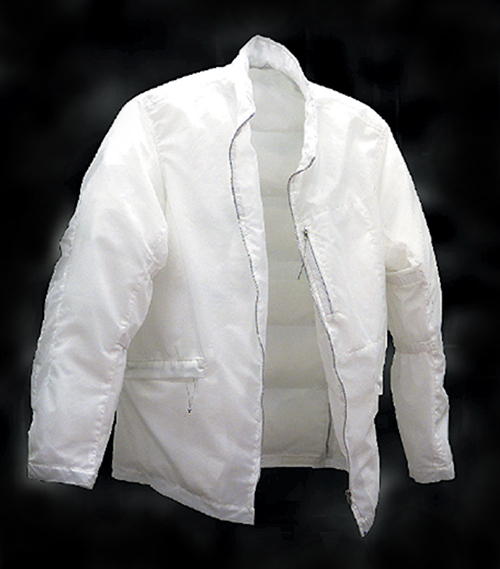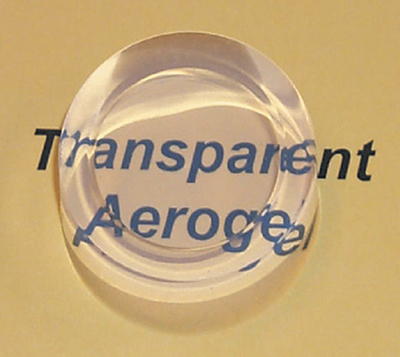
Aerogel–From Aerospace to Apparel
Aerogel represents what technology experts consider the best insulation material ever invented. It weighs virtually nothing. It's flexible. It's translucent. And, it can hold up under temperatures of 3,000 Fahrenheit. Aerogels have unsurpassed thermal insulation values, as well as sound and shock absorption characteristics.
In a process starting in 1993 with a Small Business Innovation Research (SBIR) contract from NASA's Kennedy Space Center, Aspen Systems Inc., of Marlborough, Massachusetts, developed an aerogel-manufacturing process that won the company the prestigious SBIR Technology of the Year Award for 1999, in Manufacturing and Materials, from the Technology Utilization Foundation. Since receiving the award, Aspen Systems has launched Aspen Aerogels, Inc.—a spinoff company tasked with commercializing aerogels.
Aerogels, invented over 70 years ago, are extremely fragile, hard to handle, and costly to manufacture by traditional means. For these reasons, the commercial industry found it difficult to produce products that incorporated the material. However, Aspen developed a revolutionary manufacturing method that cut production time and costs, and solved the handling problems associated with aerogel-based insulation products. They can now be manufactured into blankets, thin sheets, beads, and molded parts; and may be transparent, translucent, or opaque. Due to their extremely light weight and often translucent appearance, aerogels are often called solid smoke.
Aspen responded to NASA's need for a flexible, durable, easy-to-use aerogel system for cryogenic insulation for Space Shuttle launch applications. For NASA, the final product of this low thermal conductivity system, Cryogel,® was useful in applications such as launch vehicles, Space Shuttle upgrades, interplanetary propulsion, and life support equipment.
Because of its innovative manufacturing process, Aspen is expanding the commercial applications of aerogel to many industries. For the first time, aerogels can be handled and installed like any other thermal or acoustic insulation. Aspen made the material effective for window and skylight insulation, non-flammable building insulation, and inexpensive firewall insulation that will withstand fires in homes and buildings, and also assist in the prevention of forest fires.
In addition to Cryogel, which has low temperature applications, Aspen is working to further their aerogel product line to include Pyrogel,® and Polar Bear, for use with high temperature applications. Both Pyrogel and Polar Bear are currently in the development stages. Pyrogel products will find purposes in spacecraft, rockets, engines, and high temperature furnaces. Polar Bear covers most medium temperature applications, including insulation for homes and buildings, clothing, appliances, airplanes, and automobiles. The versatile aerogel products will be found in everything from clothing, to building insulation, to space vehicles.
Another example is Aspen's Spaceloft product; an inexpensive, flexible blanket that incorporates a thin layer of aerogel embedded directly into the fabric. An advanced version of this material originally developed under the SBIR contract with Kennedy Space Center, Spaceloft is relatively inexpensive, flexible, hydrophobic, and breathable. It is also three times more effective than the best commercially available clothing insulation. Incorporated in jackets manufactured by Corpo Nove, and to be sold by Hugo Boss, these jackets are intended for wear in extremely harsh conditions and activities, such as Antarctic expeditions. As the price of Spaceloft comes down with mass production, it is expected to be more widely used in everyday winter clothing. Recently, NASA's Johnson Space Center used Spaceloft to construct mittens as a precursor to space gloves for Mars exploration.
Along with the many advantages and applications of the superior insulation qualities of aerogels, are the environmental implications of this material. Widespread use of aerogel insulation in homes and buildings has the potential to significantly reduce global energy consumption and greenhouse gas emissions. As the company ventures further into the future, Aspen Systems will keep advancing the applications of aerogel for existing, as well as new and innovative purposes that will significantly better our lives and improve the global environment.
Spaceloft™ and Polar Bear™ are trademarks of Aspen Systems, Inc.
Cryogel® and Pyrogel® are registered trademarks of Aspen Systems, Inc.

Johnson Space Center used the Spaceloft™ material in the construction of these mittens—a precursor to the development of gloves projected for use on a future mission to Mars.

Using aerogel in jackets such as this one will provide wearers with unsurpassed insulation.

Aerogel is the lightest solid known to man and is sometimes referred to as “solid smoke” or “frozen smoke.”

Corpo Nove incorporated the Spaceloft™ version of the NASA-developed aerogel material into this jacket, which was tested during an Antarctic expedition













